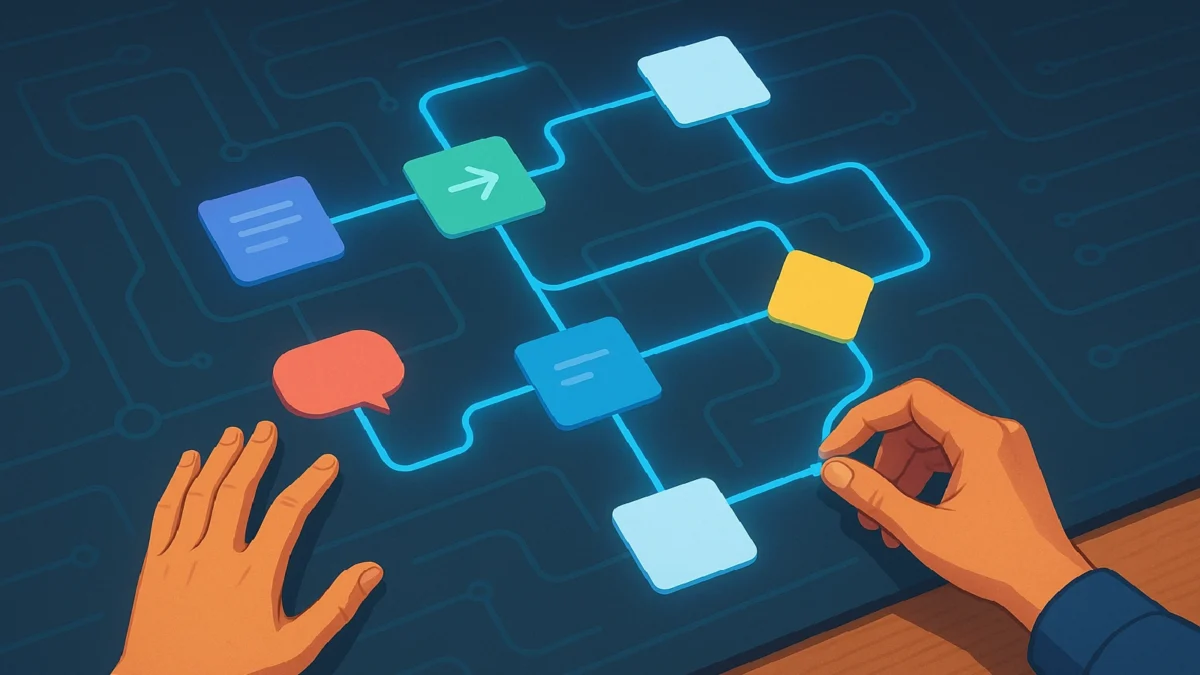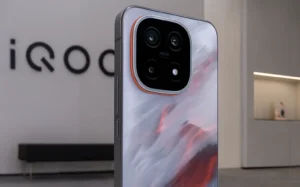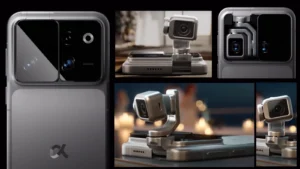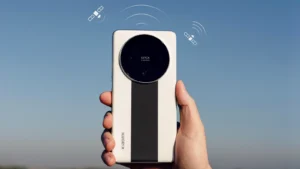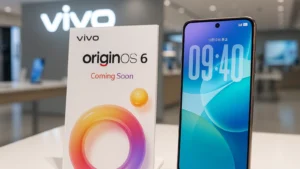There was a time when building an AI agent meant diving deep into code — juggling APIs, writing prompts, and hoping everything connected properly. If you weren’t an engineer, you pretty much watched from the sidelines.
That world is changing.
OpenAI’s AgentKit is pushing AI creation into a new era — one where you don’t need to be a programmer to bring your ideas to life. Its new Workflow Builder, sometimes called the Agent Builder, lets you design AI logic visually. Instead of writing complex scripts, you can drag, drop, and connect how your agent should think and act.
It’s a big shift — and it makes you wonder:
What happens when building an AI agent becomes something anyone can do?
2. The Rise of Visual AI Development
We’ve seen this story before. The no-code and low-code movement has already reshaped how people build software. Platforms like Zapier, Make, and Notion showed that powerful tools don’t have to be hidden behind code.
Now, that same idea is coming to AI.
OpenAI’s take on it is different, though. It’s not just about linking actions together — it’s about letting people build multi-step, multimodal reasoning flows without writing a single line of code. You can literally see your AI’s logic unfold on screen.
If you’ve used tools like FlowGPT or AutoGen Studio, you’ll recognize the concept. But AgentKit takes it to another level — tying that visual builder directly to the OpenAI Agents SDK, so what you see isn’t just a mockup. It’s the real deal.
3. Inside the AgentKit Workflow Builder
So, what’s actually inside this thing?
At its core is a visual, node-based editor. Each node represents a step — maybe an API call, a conditional check, or a response generator. You drag the pieces into place, connect them, and watch the flow come together like a mind map.
Some standout parts:
- API connectors that make it easy to hook into external data or services.
- Guardrails and evaluation tools to make sure your agent stays safe and predictable.
- A “drop to code” option for developers who want to tweak or extend beyond what’s visual.
That last bit is important. AgentKit isn’t replacing developers — it’s enhancing how they work. Non-technical folks can prototype ideas, while engineers can refine and scale them. It’s a win-win.
4. Democratization in Action: Who Gains Power?
The biggest impact of all this? It changes who gets to play.
With AgentKit, product managers can sketch conversation flows before looping in devs. Customer success teams can build simple support agents on their own. And small startups can experiment without needing a dedicated AI team.
When more people can test and shape ideas directly, collaboration naturally improves. Instead of long feedback cycles, you get hands-on experimentation. Suddenly, “AI design” isn’t just a technical task — it’s something cross-functional teams can do together.
5. Organizational Impacts
This shift could quietly change how AI projects move from idea to launch.
Think about this new workflow:
Visual prototype → code refinement → deployment.
It’s faster, more iterative, and a lot more collaborative. It mirrors what happened when Figma entered the design world — or when Webflow blurred the line between designers and front-end developers.
Of course, that might spark some tension. Giving non-engineers the power to shape AI logic challenges old boundaries. But it also accelerates creativity in ways that traditional development cycles just can’t match.
6. The Future: Agents as Shared Design Artifacts
It’s not hard to imagine where this is heading.
Soon, AI workflows could become shared design assets, just like design files in Figma. Teams could remix and version them, build libraries of reusable components, and collaborate on agent behavior in real time.
That accessibility brings new challenges, too — around governance, safety, and version control. When anyone can spin up an agent, someone also has to ensure they’re doing it responsibly.
Still, the bigger story is creative empowerment. Visual AI tooling might end up being to agents what Figma was to UI — a way to make collaboration and experimentation the norm.
7. A New Creative Layer for AI
At the end of the day, AgentKit’s Workflow Builder isn’t just another productivity tool. It’s introducing a whole new creative layer to how we think about building with AI.
By giving more people the power to design and test ideas, it’s opening the door to faster innovation — and a more inclusive kind of creativity.
Of course, that freedom comes with responsibility. Teams will need new guardrails, best practices, and a shared understanding of what good AI design looks like.
But that’s the exciting part. Because once the tools are in everyone’s hands, the next wave of innovation won’t come from code. It’ll come from concepts.
“When everyone can design agents, innovation moves from code to concept.”
Last Updated on October 18, 2025 by Lucy
